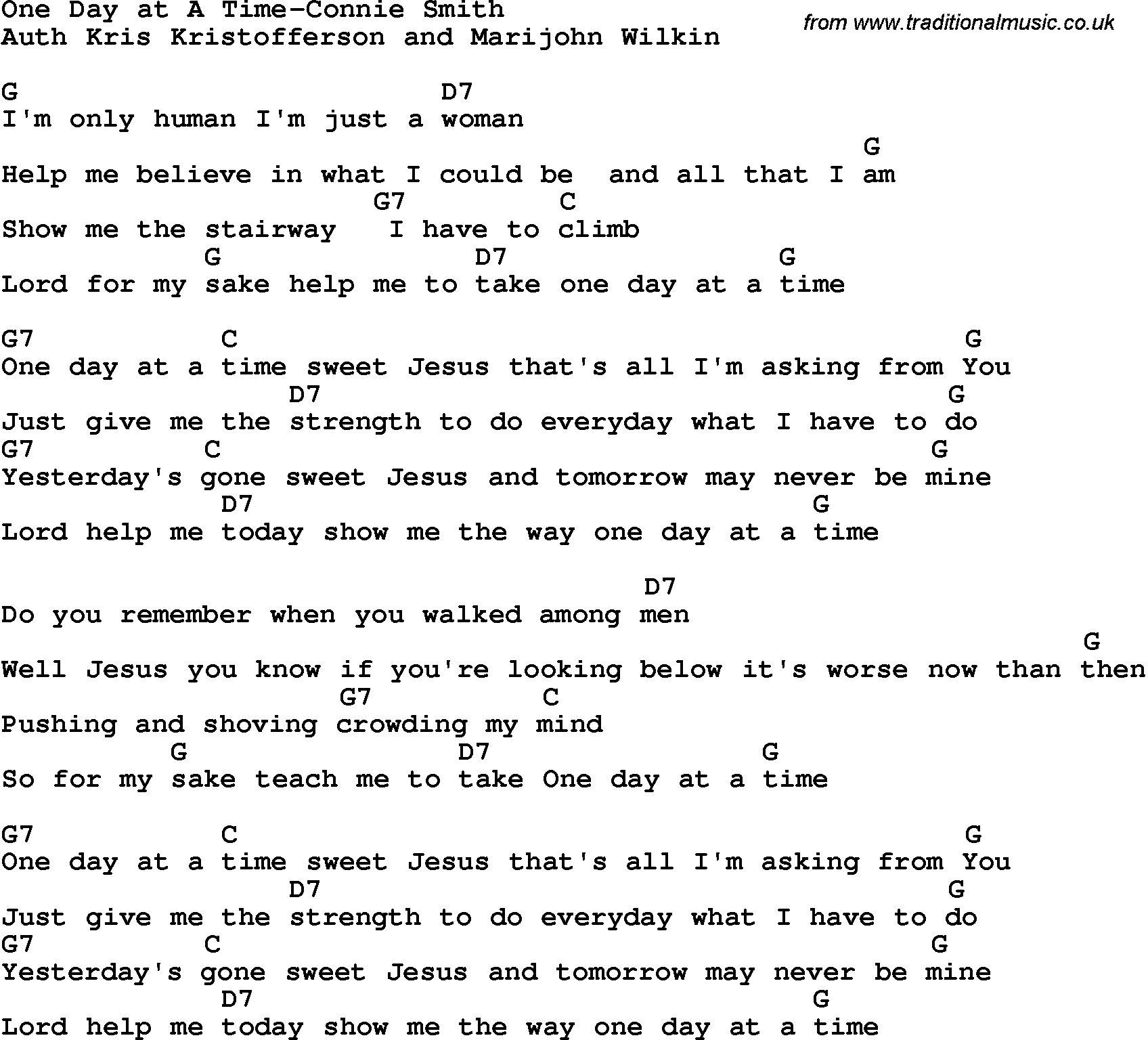Have you ever looked at a chord chart and felt overwhelmed by the seemingly endless combinations of notes? Learning chords can be daunting, but it doesn’t have to be a monumental task. Mastering chords is a journey, and like any journey, it’s best taken **one step, or in this case, one chord, at a time.** This article will serve as your guide, providing a framework for approaching the world of chords in a manageable, fun, and effective way.

Image: ar.inspiredpencil.com
Understanding chords is the foundation for most genres of music, from classical to jazz to rock. Chords provide the harmonic foundation for melody, adding depth, emotion, and structure to any musical piece. While it may seem complex initially, unraveling the world of chords is an achievable goal, one resonant chord at a time.
The Building Blocks: Understanding Basic Chords
Think of chords as musical building blocks, each composed of a unique combination of notes played simultaneously. The most basic chords are triads, consisting of three notes stacked in specific intervals. A classic example is the C major chord, formed by the notes C, E, and G.
Major Chords: The Joyful Sounds
Major chords are known for their bright and uplifting sound. They are built using major intervals, which create a sense of stability and happiness. The C major chord, with its C, E, and G, is a perfect example. Think of those classic pop songs you love. The chances are high that they are built around major chords.
Minor Chords: Adding a touch of Emotion
Minor chords, on the other hand, are known for their melancholic, introspective feel. They are built by replacing the major third interval in a major chord with a minor third. The C minor chord, for instance, uses C, Eb, and G. If you think about a song that evokes sadness or suspense, it’s likely the use of minor chords that evokes this emotion.

Image: www.traditionalmusic.co.uk
Understanding Chord Progressions
Chord progressions are the sequences of chords used to create a musical piece. They are the backbone of music, guiding the melody and adding depth to the song. Learning chord progressions allows you to move beyond solo chords and create full musical compositions.
These progressions can be as simple or as complex as you choose. A basic progression could be C major to G major to Am (A minor). This progression is a staple in many musical genres and is particularly common in folk and rock.
The Practical Side: Learning Chords
Now let’s get practical. Mastering chords involves a combination of theory and practice.
Learning from Resources
There are many excellent resources available for learning chords:
- Online Chord Charts: Sites like Chordify offer comprehensive chord charts for countless songs. This can be a great way to learn chords in the context of your favorite songs.
- Chord Books: Traditional chord books provide extensive lists of chords with diagrams and fingerings. These books can be invaluable for understanding the structure of chords and developing your repertoire.
- Online Tutorials and Videos: Platforms like YouTube offer numerous lessons for all levels. Find tutorials specific to your instrument for step-by-step instruction and visual guidance.
Practice Makes Perfect
Learning any new skill requires practice. Here’s how to approach chord learning with a steady pace:
- Start with the basics: C major, G major, and Am are great starting points for any guitar or piano player.
- Practice regularly: Dedicate short periods daily to playing chords and building your endurance.
- Don’t be afraid to experiment: Explore different chord progressions to create your own songs.
- Play along with music: Practice playing chords to your favorite songs. This provides a fun way to build your skill and understand chord structures in a musical context.
Remember, consistency is key. Even fifteen minutes of daily practice can make a significant difference in your progression.
Unlocking Your Inner Musician: Chords as Building Blocks of Music
Learning chords opens a universe of musical possibilities. You can create original melodies and explore genres you’ve never imagined. This journey, one chord at a time, empowers you to express yourself through music and to appreciate the intricate language of chords that makes music so captivating.
Going Beyond the Basics: Exploring Chord Inversions and Extensions
As you become more comfortable with basic chords, you can explore advanced concepts like chord inversions and extensions.
Chord Inversions: A Twist on the Familiar
Chord inversions involve rearranging the note order within a chord. This produces different voicings that create variations in sound and texture. By learning inversions, you gain a wider pallet of sounds and can create more interesting and complex harmonies.
Chord Extensions: Adding Richness and Depth
Chord extensions add additional notes beyond the basic triad. These notes create a richer, fuller sound and add depth to the harmony. Common extensions include sevenths, ninths, and elevenths.
Chords One Day At A Time
Chords One Day at a Time: A Lifelong Journey
The world of chords is a vast and fascinating one, and it’s a journey that never truly ends. As you progress, you’ll discover new chords, harmonies, and progressions, constantly expanding your musical vocabulary. The key is to approach it with patience, perseverance, and most importantly, a genuine love for music.
So grab your instrument, pick a chord, and embark on this exciting adventure. One day at a time, you’ll be playing and creating music that will amaze you and those around you.




